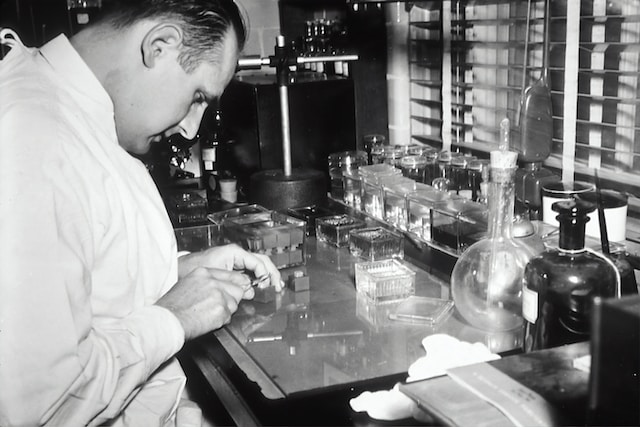Prostate cancer screening is a controversial topic that has been the subject of much debate in the medical community. While routine prostate-specific antigen (PSA) screening has been widely recommended as a means of early detection, there is growing concern about the potential harm of over-screening and over-treatment, particularly for older men. In this article, we will explore the benefits and risks of prostate cancer screening for older men and the need for a more individualized approach.
Prostate cancer is the second most common cancer among men worldwide, and as men age, their risk of developing the disease increases. Early detection of prostate cancer through routine PSA screening has been associated with a reduction in mortality rates. However, PSA screening can also result in over-diagnosis and over-treatment of prostate cancer, which can have significant side effects, including impotence and urinary incontinence.
The controversy surrounding prostate cancer screening in older men centers on the balance between the benefits and risks of screening. While early detection of prostate cancer can be life-saving, over-screening can lead to unnecessary treatment and harm. Older men may be more vulnerable to the harms of over-screening and over-treatment due to their age and overall health status.
In 2018, the United States Preventive Services Task Force (USPSTF) recommended that men aged 55 to 69 years should discuss the potential benefits and harms of PSA screening with their healthcare provider and make an informed decision about whether to undergo the test. For men aged 70 years or older, the USPSTF concluded that the potential harms of PSA screening outweigh the potential benefits and recommended against routine screening.
Despite these recommendations, many older men continue to undergo routine PSA screening, often without fully understanding the potential benefits and risks. It is essential that healthcare providers engage in shared decision-making with their patients, taking into account individual factors such as a man’s overall health, life expectancy, and personal preferences.
While screening for prostate cancer remains an important tool for early detection, it is crucial to recognize that it is only one aspect of prostate cancer prevention and management. Lifestyle factors, such as diet and exercise, as well as regular physical exams, are also essential for reducing the risk of developing the disease and ensuring early detection and appropriate treatment.
In addition to the risks of over-screening and over-treatment, there are also concerns about disparities in prostate cancer screening and treatment, particularly among minority and underserved populations. It is essential that healthcare providers address these disparities by ensuring that all men have access to high-quality care and screening, regardless of their race, ethnicity, or socioeconomic status.
In conclusion, prostate cancer screening is a complex issue that requires careful consideration of the potential benefits and risks, particularly for older men. While early detection can be life-saving, over-screening can lead to over-diagnosis and over-treatment, which can have significant side effects. It is essential that healthcare providers engage in shared decision-making with their patients, taking into account individual factors such as a man’s overall health, life expectancy, and personal preferences. By balancing the benefits and risks of screening, we can ensure that men receive appropriate and individualized care for prostate cancer.












